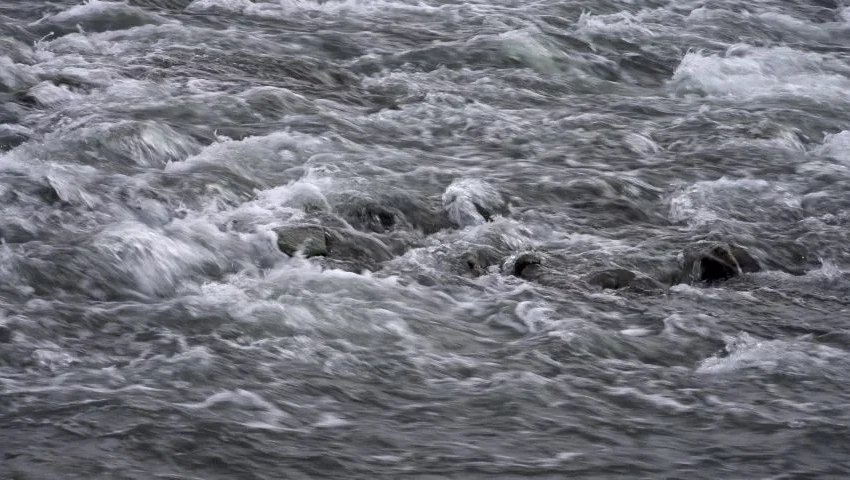
As system theorists such as Donella Meadows (2008, pp. 57-58) have noted, the delays that operate in all systems have much to do with how this system operates:
“Delays are pervasive in systems and they are strong determinants of behavior. Chaing the length of a delay may (or may not, depending on the type of delay and the relative lengths of other delays) make a large change in the behavior of a system . . . Changing the delays in a system can make it much easier or much harder to manage. You can see why system thinkers are somewhat fanatic on the subject of delays. . . . We can’t begin to understand the dynamic behavior of system unless we know where and how long the delays are. And we are aware that some delays can be powerful policy levers. Lengthening or shortening them can produce major changes in the behavior of systems.”
The VUCA-related impact of delay is considerable. First, delays in a system increase uncertainty regarding how the system operates and what the outcomes will be of its operations. Second, delays tend to cause oscillations in the system, as one part of the system overreacts to the delayed receipt of information or resources from other parts. This oscillation, in turn, increases volatility and uncertainty. Third, differences in delays regarding connections between units increased both volatility and ambiguity. Turbulence is created with all four subsystems in the white water being in operation–often in opposition to one another. One part of the system reacts quickly to changes in other parts of the system. Another part of the system reacts quickly–but in its usual cyclical pattern. Partial changes are made, but then there are delays in other changes that need to be made. Eventually, there is a return to the old, established way of doing things. There is resistance to change in other parts of the system. With all of the bumping together of different delay patterns there is nothing but chaos in some parts of the system. Varying delays (and levels of acceptance) regarding implementation of a change contributes further to the abundance of chaos to be found in many systems—especially those in the mid-21st Century that are saturated with VUCA-Plus conditions.
Fourth, even if there is relative consistency in the delayed flow of information and resource from one part of the system to another part, the dynamics of any system are dramatically changed as a result of the length of delay. Some of the most important (Essential) changes to be made in any system relate to this matter of delay duration. Long delays often have a greater impact on the system than the number of resources available, size of the system, or the amount of information that is available. Systems that face an avalanche of VUCA-Plus challenges often become frozen in place–like a frightened animal on the African savannah (Sapolsky, 2004). In this frozen state, delays become large and significant. When the unfreezing takes place (if it ever does) then there is suddenly an inconsistent flood of information and resources to all parts of the system—leading to extensive oscillation and increased VUCA-Plus related anxiety. Accurate predictions can’t be made and inappropriate reactions by members of the system are taken. This failure further increases the collective anxiety.
Leader as Butterfly
Using an analogy that a Chinese colleague of mine has offered, the leader serves as a butterfly when seeking to understand, make predictions, and act upon an Essential condition. This type of leader knows that she has a limited time to live (or be credible). She must constantly change and shift directions with the wind. The butterfly is not protected in the cocoon (living in Serenity) nor does this butterfly leader do the mundane and safe managerial work of the silkworm (ignoring the Essential).
Download Article














